Do I Need Orthotics?
Updated:
The use of orthotics is often indicated in patients with abnormal lower limb alignment and biomechanics, particularly of the feet. That is, they stand, walk or run, with less than ideal posture or movement patterns. Lower limb biomechanical abnormalities usually result in increased stress being placed on many structures of the lower limb, pelvis and spine during weight bearing activity. Subsequently, these abnormalities are often associated with the development of lower limb, pelvic or lower back injuries, particularly those that are due to repetitive strain or overuse.
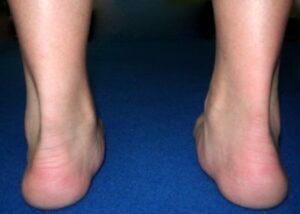
Figure 1 – Do I Need Orthotics (Flat Feet)
Foot Types
There are 3 main foot types:
- NEUTRAL – normal foot
- PRONATOR – flat foot
- SUPINATOR – high arch foot
Patients who have biomechanical abnormalities of the feet that may require the use of orthotics usually fall into either Pronator or Supinator categories. Having your feet assessed during standing, walking and running by an experienced physiotherapist or podiatrist is the best way to determine your foot type. There are also many shoe stores that can assess your feet to determine your foot type. The Athlete’s Foot in Australia is one example.
Alternatively, a simple test to determine your foot type is the wet test. After having a shower, with your feet still wet, step onto a dry surface and have a look at your wet foot print. If your foot print does not have a C-curve on the inner aspect of the foot print (figure 2) you are likely to be a PRONATOR (flat foot), if you have a very prominent C-curve on the inner aspect of the foot print (figure 3), you are likely to be a SUPINATOR (high arch) and if it’s somewhere in between (figure 4) you’re likely to have a NEUTRAL (normal foot).
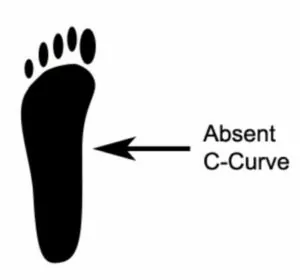
Figure 2 – Pronator Foot Print (Flat Foot)
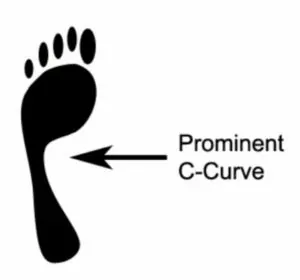
Figure 3 – Supinator Foot Print (High Arch Foot)
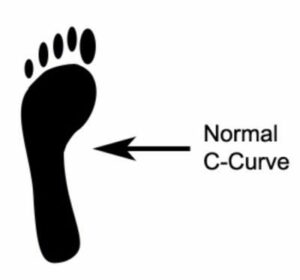
Figure 4 – Neutral Foot Print (Normal Foot)
Pronated Feet
One of the most common biomechanical abnormalities seen in clinical practice is over-pronated feet (“flat feet” – figures 1 & 2). Flat feet frequently contribute to the development of numerous injuries, particularly of the lower limb. However, if you have flat feet, you don’t necessarily need orthotics. Many people who have flat feet never develop an injury associated with their foot posture (particularly if their foot pronation is only mild). Usually orthotics are only indicated when a patient presents with abnormal lower limb biomechanics AND they have an injury that is related to their poor biomechanics. Occasionally orthotics may be indicated as a form of injury prevention in patients with flat feet, especially if they have moderate to severe foot pronation and perform high levels of weight bearing activity.
Supinated Feet
Although less common than pronated feet, patients with supinated feet (high arches – figure 3) may also require the use of orthotics. Supinated feet typically have reduced shock absorption capacity which translates to increased stress on many structures of the lower limb, pelvis and spine. As a result patients with supinated feet may require the use of orthotics that offer cushioning particularly if their abnormal foot biomechanics are contributing to the development of an injury. Occasionally orthotics may also be indicated as a form of injury prevention in patients with high arches, particularly if their feet are moderate to severely supinated and they perform high levels of weight bearing activity.
Injuries Associated with Abnormal Lower Limb Biomechanics
Some of the more common injuries which are often associated with abnormal lower limb biomechanics include:
- Shin Splints
- Plantar Fasciitis
- Achilles Tendonitis
- Severs Disease
- Stress Fractures (such as a Tibial Stress Fracture)
- Compartment Syndrome
- Patellofemoral Pain Syndrome
- Patellar Tendonitis
- ITB Friction Syndrome
- Osgood Schlatters Disease
- Osteitis Pubis
It is important to note that other factors related to the development of the injury also need to be addressed to ensure an optimal outcome. Wearing orthotics alone is usually inadequate to completely recover from an injury. Physiotherapy assessment and treatment can assist in identifying other contributing factors (such as muscle tightness, weakness, joint stiffness or lifestyle factors etc) and can correct these through appropriate treatment and exercise.
Foot Taping & Footwear

Members Only ContentBecome a PhysioAdvisor Member to gain full access to this exclusive content. For more details see Become a Member. Already a member? Login Now
Do I need Orthotics Summary

Members Only ContentBecome a PhysioAdvisor Member to gain full access to this exclusive content. For more details see Become a Member. Already a member? Login Now
 Physiotherapy Products for Foot Injuries
Physiotherapy Products for Foot Injuries
Some commonly recommended products by physiotherapists for patients with foot injuries include:
-
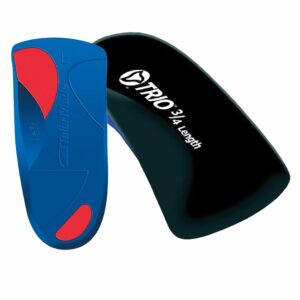 Talar Made TRIO Orthotics (3/4 length)
Talar Made TRIO Orthotics (3/4 length) -
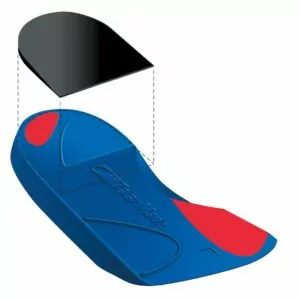 Heel Lifts (Elevators – Talar Made) (Pack of 5 Pairs)
Heel Lifts (Elevators – Talar Made) (Pack of 5 Pairs) -
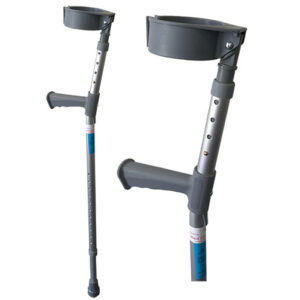 Forearm Crutches Adjustable – Standard Grip
Forearm Crutches Adjustable – Standard Grip -
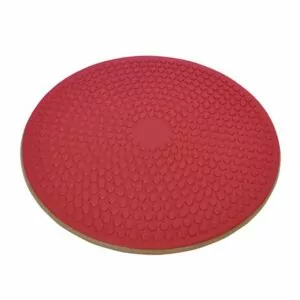 AllCare Wobble Board (Red – ACWOBRD)
AllCare Wobble Board (Red – ACWOBRD) -
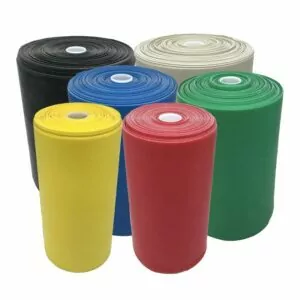 AllCare Band
AllCare Band -
 Premium Strapping Tape 38mm (Victor)
Premium Strapping Tape 38mm (Victor) -
 AllCare Tubing
AllCare Tubing -
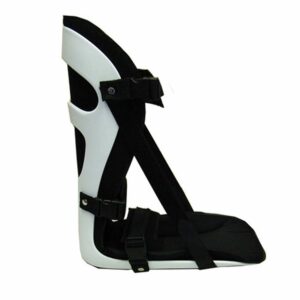 AllCare Ortho Night Splint
AllCare Ortho Night Splint -
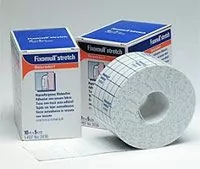 Fixomull Stretch 5cm x 10m
Fixomull Stretch 5cm x 10m -
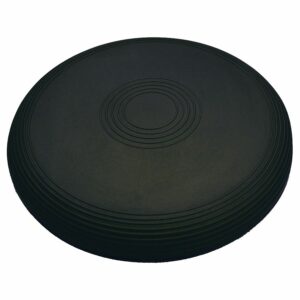 Lournet Stability Dura Disc
Lournet Stability Dura Disc -
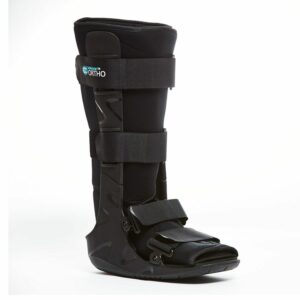 AllCare Ortho Standard Walker (Cam Boot)
AllCare Ortho Standard Walker (Cam Boot)
To purchase physiotherapy products for foot injuries click on one of the above links or visit the PhysioAdvisor Shop.
 Find a Physio
Find a Physio
Find a physiotherapist in your local area who can assess whether you need orthotics.
 More Information
More Information
- Read more about Correct Footwear.
- Learn about Foot Taping Techniques.
- View detailed information about a variety of Injuries some of which may be associated with poor lower limb biomechanics.
- Purchase physiotherapy recommended products from the PhysioAdvisor Shop.
Become a PhysioAdvisor Member

Link to this Page
If you would like to link to this article on your website, simply copy the code below and add it to your page:
<a href="https://physioadvisor.com.au/health/footwear/do-i-need-orthotics”>Do I Need Orthotics? – PhysioAdvisor.com</a><br/>PhysioAdvisor offers detailed physiotherapy information on orthotics and how to tell if you need orthotics.
Return to the top of Do I Need Orthotics?.

